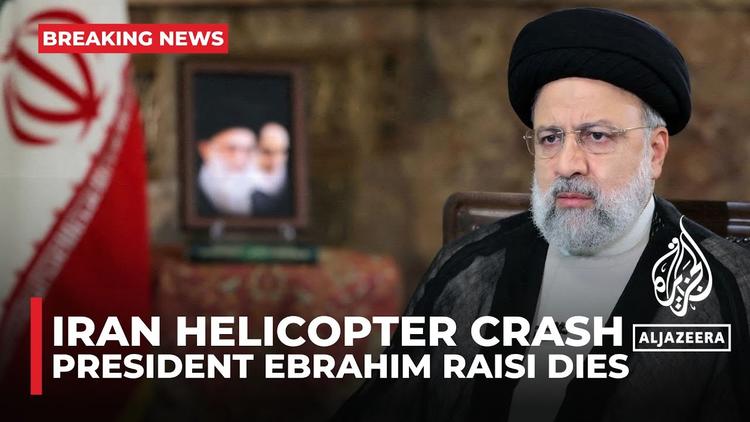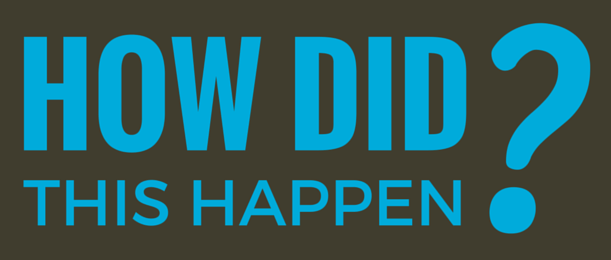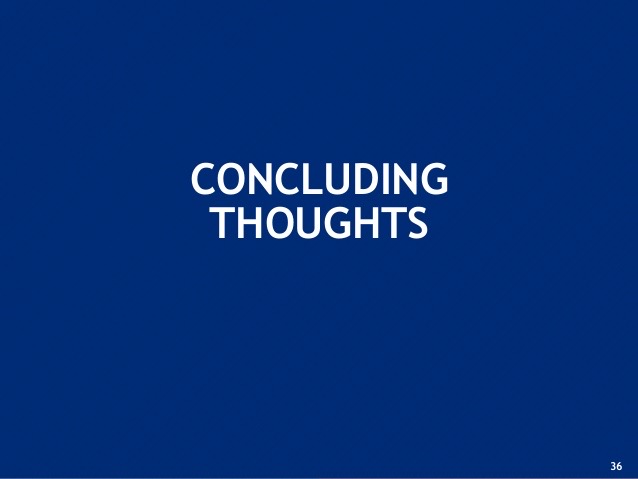And I’ve said these past months, in the West, establishments are looking like they are preparing for something big, not responding to something that already happened and will be over soon. Bad intentions all about.

20 May 2024 (Crete) — In no known reality do two heads of state, both vehemently opposed to American hegemonial aspirations and in a unique position to sabotage them, get removed in one week – and it’s just a coincidence. So pardon me if parts of this post appear to be me wearing my conspiracy tinfoil hat.
But most of the world takes things at face value, 7 year olds alone in a German forest in the 18th century, acting like they are Little Red Riding Hood. I think there is a huge and intense global battle is going on, and both Israel and the U.S. are constantly pushing for more, wider violence. But I am not sure where this all leads.

Yesterday, when it was announced that a Bell 212 helicopter (a very, very old helicopter, by the way) crashed carrying the president of Iran (Ebrahim Raisi), Iran’s foreign minister (Hossein Amir-Abdollahian) and a host of others, my private WhatsApp and Telegram accounts were madly buzzing. The official Iranian news services said the crash was most likely due to dense fog, and that rescue operations encountered difficulties due to the dense forest terrain, compounded by adverse weather conditions such as heavy rain, fog, and strong winds. Iran was asking for foreign help to locate the helicopter.
I was, to say the least, nonplussed:
– how do we explain fact that a regional power on the cusp of developing nuclear weapons can’t locate a downed helicopter carrying its president and foreign minister without outside help a half day after it crashed?
– how does a president’s helicopter disappear without a trace for long hours inside their own country, one of a group of 3 flying together?
– consider the amount of electronic signals such a flight generates: you have the president’s security, with satellite communication and all kind of other secure communication systems
– then there’s the helicopter itself, with all its normal and special communication equipment (all known to Western intelligence services)
– finally, there’s all the cellular noise all those people are generating: work calls, family calls. It’s a long flight, there’s always someone on the phone with so many VIPs in attendance. And, yes, all monitored by those same Western intelligence services
– and say communication suddenly and totally stops with the president’s helicopter. What do the other two pilots do? All the security and military people? Do they just carry on and think “oh, they’ll probably just catch up”, or do they pause, mark the exact location of the last known communication, and raise hell, initiating a mega search protocol? Maybe even landing as close as possible to the point of disappearance and waiting for search and rescue people to start their work from that spot?
The intelligence cadre on my Telegram account said the most reasonable explanation for such complete confusion and disorientation is they were jammed completely using electronic warfare, or maybe fooled into believing they were still in contact with the president’s helicopter, which may explain how nobody knew where it disappeared, even approximately.
We all know how this stuff works:
• three days ago, Hezbollah took out one of Israel’s most advanced intelligence-gathering pieces of equipment in a sophisticated, deep-reaching attack into northern Israel
• and we know that modern militaries are perfectly capable of cracking, jamming communication lines, and fooling other militaries
• we now know the Israeli intelligence services were not exactly forthcoming in what they knew/did not know about the Hamas attack on October 7th (more in later post)
Or this could just be the freakest of accidents. Iran is a country in which aircraft crash, due to the sorry state of infrastructure in the internationally isolated Islamic Republic. In previous years, at least two cabinet ministers and two leading military commanders have died in similar crashes. My Telegram group told me that Raisi’s chopper was passing through an infamously foggy and mountainous area in northwestern Iran. The “incident” might very well have been an accident.
Early on last night, my Telegram Western intelligence sources (plus Iranian sources in Tehran close to the presidency) were saying Raisi had been confirmed dead, that there was no communications with any survivors in the helicopter. That was media fluff to keep people off. Authorities needed time, and were looking for a way to report the news without causing mayhem.
In Europe, there was utter outrage over the EU’s “solidarity” with Iran. As countries in Iran’s neighborhood lined up to offer assistance locating the crash site, the European Commission’s crisis commissioner, Janez Lenarčič, chimed in. He announced on X that the EU was activating its Copernicus emergency satellite mapping service to help find the downed helicopter. He ended his tweet with the tag #EUSolidarity — prompting an immediate backlash.
It was tone deaf. Dozens of Tweets and other social media pages struck the same note, pointing out Raisi’s role in the execution of thousands of Iranians, Iran’s sponsorship of terror, the use of Shahed drones to terrorize Ukrainian civilians and its detention of Swedish EU official Johan Floderus. Many said what a complete mockery of the people fighting for human rights in Iran, and the many that had died. Said one member of the European Parliament: “How about ensuring Human Rights Defenders and other victims of the regime in need of assistance get emergency visas for the EU – those ones you denied?”

According to Iranian law, if a president dies in office, the first vice president takes power and an election is called within 50 days. Iran’s first vice president is the conservative Mohammad Mokhber. And for the moment Putin is somewhat relaxed. Mokhber served as an officer in the Islamic Revolutionary Guard Corps’s medical arm, and is also known for his role in selling Iranian Shahed drones to Russia for use in its war against Ukraine. So drone supplies should continue.
And Mokhber is a character. Said one source on a chat I was on last night:
Raisi’s potential successor is a longtime regime loyalist. At 69, Mokhber is a former officer in the Revolutionary Guard Corps and former head of Setad, a powerful economic organization controlled by the Supreme Leader. According to a 2013 Reuters investigation, Setad amassed a business empire worth about $95 billion at the time, based in part on assets seized from religious or other minorities and Iranians living abroad. It was, Reuters said, a pillar of the Supreme Leader’s enduring power. Mokhber, who was in charge of Setad from 2007 to 2021, was placed on an EU sanctions list in 2010 due to alleged involvement in nuclear and ballistic missile activities. He was removed from the list two years later. In 2021, he was sanctioned by the U.S. Treasury Department for his role as a senior executive.
But the crash comes at a particularly tense moment, just after U.S. diplomats held talks with Iran via proxies to avert a wider war in the Middle East. It raises the stakes at a time when Israel is pressing ahead with an offensive in Rafah, in the south of Gaza, and Tehran continues to support proxy forces including Hezbollah in Lebanon and the Houthi rebels in Yemen.
And suspicions will inevitably surround the crash. After all, air incidents that killed high political officials in Northern Rhodesia (1961), China (1971), Pakistan (1988), and Poland (2010) are still often subject to speculation. In this case, much as in the others, one question will likely drive the speculation: who stands to benefit politically from Raisi’s death? Even if the answer to this question does not ultimately tell us why the helicopter crashed, it could shed some light on what will come next in the Islamic Republic.
I have a few concluding thoughts, but as far as “what will happen next” I will leave it to Arash Azizi, a leading Iranian journalist now living in NYC who I had the pleasure to meet 2 years ago. He noted on his blog last night:
For a lot of very complicated reasons, Raisi’s death will alter the balance of power among factions within the Islamic Republic. According to the Iranian constitution, a council consisting of Mokhber, Mohammad Ghalibaf (a very powerful policician), and the judiciary chief Mohseni-Eje’i would have to organize new elections within 50 days.
Last night, when I asked an official close to Qalibaf about the political aftermath of the crash, he answered immediately: “Dr. Qalibaf will be the new president”.
He surely would like to be. Qalibaf’s ambition is news to no one; he has run for president several times, starting in 2005. More technocrat than ideologue, Qalibaf was a commander in the IRGC during the Iran-Iraq War and will likely command at least some support from within its ranks. His long tenure as mayor of Tehran (2005–2017) was marked by both a degree of competence and quite a bit of corruption. His political enemies have recently highlighted cases of corruption linked to him and his family. An official close to former President Rouhani tells me, “Qalibaf’s problem is that he wants it too much. Everyone knows he has zero principles and will do anything for power”.
If Qalibaf registers to run in a hastily organized presidential election, the Guardian Council might have a hard time rejecting him, given his deep links to power structures in Iran. But would Khamenei be happy with the presidency passing to a technocrat without proper Islamist credentials? Who else would be allowed to run, and could they defeat Qalibaf at the polls, as Ahmadinejad and Rouhani did respectively in 2005 and 2013?
What twists the plot is the fact that some regime officials and former officials who are supportive of Qalibaf also advocate for Khamenei’s son Mojtaba to succeed his father as the supreme leader. Mojtaba Khamenei has long been in the shadows, and little is known about the 54-year-old’s politics or views, but he is widely held to be a serious contender for the office. Could there be a bargain between Mojtaba and Qalibaf that paves a path to power for both of them?
The point is, we are in for a ferocious power struggle in Iran, but one most expected to follow the death of the Supreme Leader, Khamenei. Not now.
Now we are likely to see at least a dress rehearsal in which various factions will brandish their strength.
As for the people of Iran, some have already started celebrating Raisi’s potential demise with fireworks in Tehran. Most Iranians barely feel represented by any faction of the Islamic Republic, and some might use a moment of political crisis to reignite the street protests that have repeatedly beleaguered the regime in the past. The country’s civic movements are exhausted following years of struggle (more than 500 people were killed in the most recent round of protests, from 2022 to 2023). Still, whatever shape the power struggle takes at the top, the people of Iran won’t receive it passively for long.

As I looked through all of my notes from the comments my network made last night and this morning, they fall into these two groups:
GOOD NEWS: There likely going to be a very rough road ahead for the Iranian regime leadership. A void at president and possible eventual passing of Khamenei would instigate a significant power struggle and mob-like turf war inside Iran.
BAD NEWS: The power struggle will be within the establishment as religiously devout (some say zealots) fight for power against the “hardline-lights” who want to continue with the kleptocracy but take power away from the clerics.
Waiting in the wings and locked out of this 1st round of battles will unfortunately be the rank and file Iranian people who want all these guys gone, but for now aren’t in a position to do so.
As a journalist I am not permitted to wear a tinfoil hat, and so I must corroborate the “truth” in its acceptable meaning. But that does not prevent me from stepping back and reading of political and psychological maps for what I think they are, to see grand narratives, to not be afraid to connect dots.
I see a clear pattern of escalation and super-shadowy and dubious behavior on the Israeli and American side, and I am looking through a prejudiced filter. I read, I see, I think.
Because at times of great danger, we revert to inveterate patterns of thought. The U.S. wants to be seen as Harrison Ford in “Air Force 1”, rather than the supplier of bombs that ended the lives of countless children, with American lawmakers now openly admitting and applauding this.
I may be wrong, obviously. But what I’m seeing is a camp of genocidal and messianic lunatics advancing their agenda without any opposition from within the systems. This after almost two generations of portraying Iran as an ultimate evil that must be defeated at all costs (and Russia, and gradually China, too).
The Western public is naive. It has been dumbed down. History is not happening in courts and newspaper meeting rooms. It happens in reality as we all see and experience it. In the real world. Endless, terrible wars, happen. We had two world wars. Very real millions of people died in them, as they did in Vietnam and as they do in Gaza. If you’re a Westerner born this side of ww2, you should see it. It is almost like a law of physics guaranteeing things will remain like this.
Yes, there’s a very generous amount of “I” involved in what I just said, but that’s because there is almost no big understanding in Western popular culture. People in established media speak and think like children.
But for me right now, I think we are flirting with a major disaster, and the people holding the wheel are uniquely unqualified to drive this train.